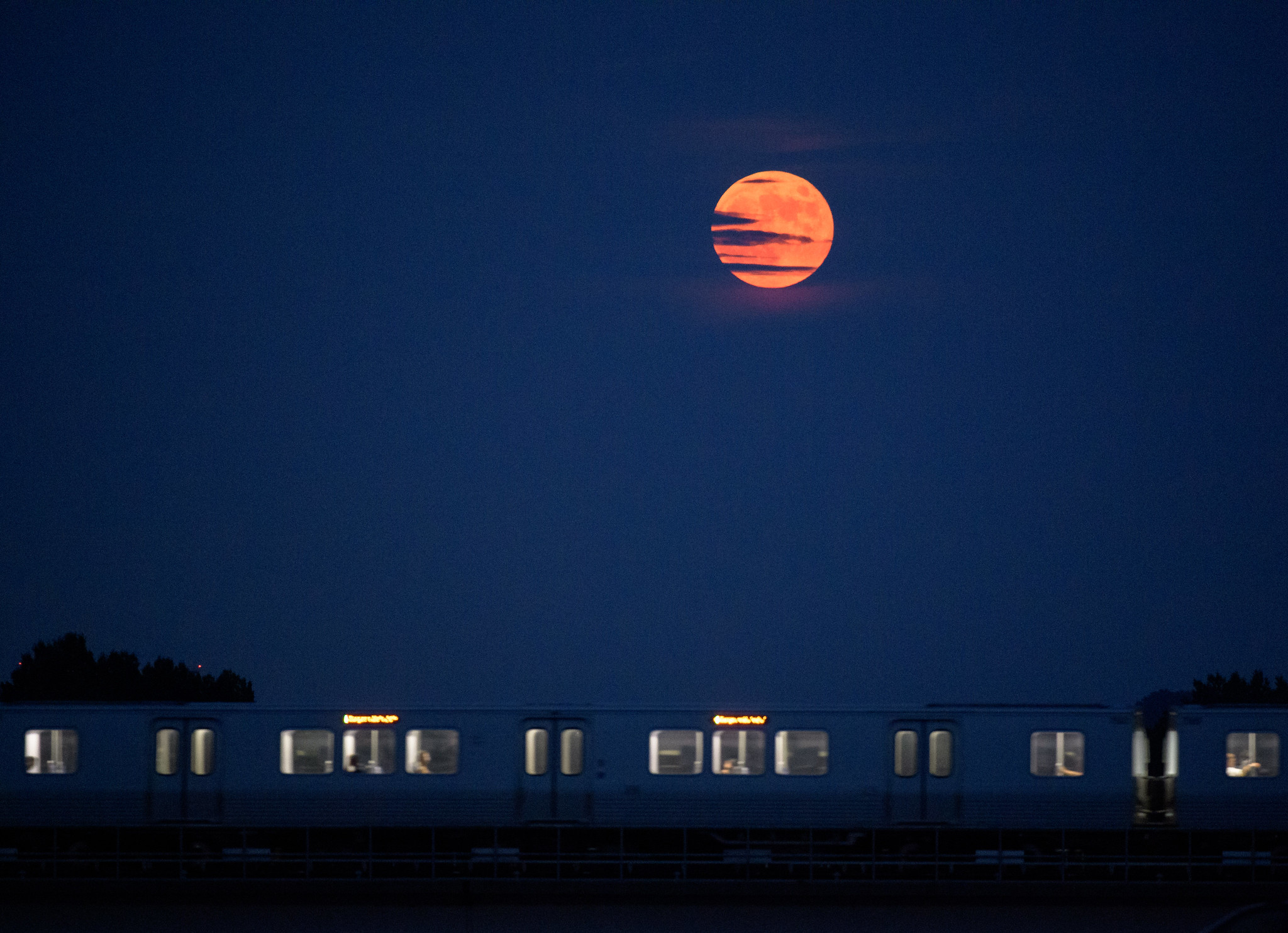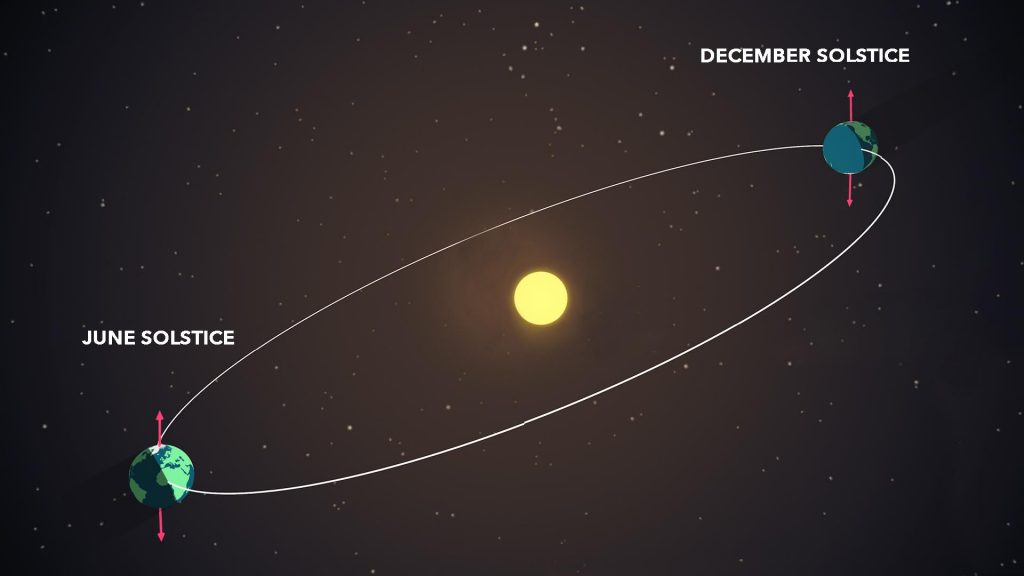Fireworks won’t be the only bright objects lighting the sky this month. The next full moon will appear on the morning of Monday, July 3, although it will seem full for up to three days.

The July full moon is also called the “Full Buck Moon,” according to the Farmers’ Almanac, as this is the time of year when male deer antlers are in full growth. Alternatively, the Haida and Tlingit Indian Tribes of Alaska referred to the July full moon as the “Salmon Moon,” as it was a time of significant salmon migration. Perhaps you have heard the phrase describing corn fields as growing to “knee-high by fourth of July?” The Eastern Band of Cherokee Indians would refer to the July full Moon as the “Corn in Tassel Month,” due to the growth cycle of the crop.
This will be the first full Moon of the summer season and the first full Moon after the Summer Solstice. Lunar enthusiasts will have two super opportunities for full-Moon gazing in August – the Sturgeon Supermoon and the Blue Supermoon.
As the moon transitions to third quarter, Earth’s next brightest neighbor, Venus, will reach its greatest illuminated extent. Around July 7, Venus will reach apparent magnitude – 4.6. For reference, a full Moon, the second brightest celestial object after the Sun, has an apparent magnitude up to –12.6 and the faintest star you can see with your eye has a magnitude of +7.2.

Finally, wrap up the month by sharing some lunar love on International Moon Day July 20 next time on Watch the Skies!


